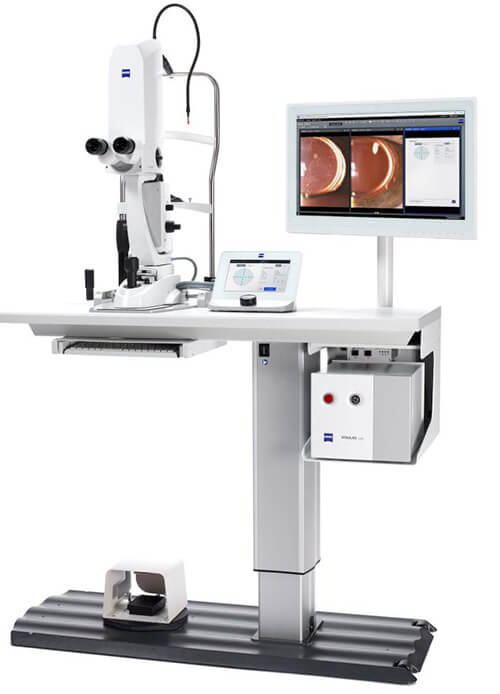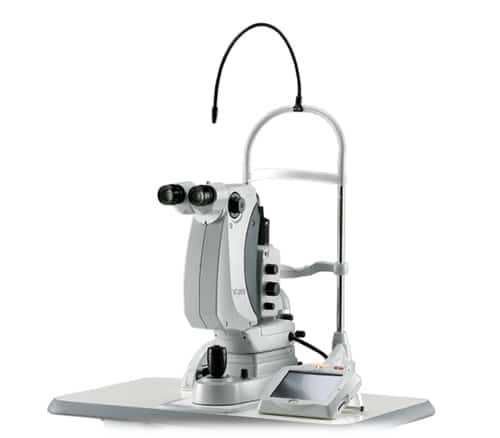
Femtosecond Laser-Assisted Cataract Surgery
The latest technology in the world of eye surgery is “laser guided cataract surgery.” Although we use many different lasers to treat various eye conditions and diseases, they have not been used in cataract surgery until recently. Femtosecond laser- assisted cataract surgery represents a revolutionary advancement in the field which has now been adopted by leading eye centers throughout the United States.








